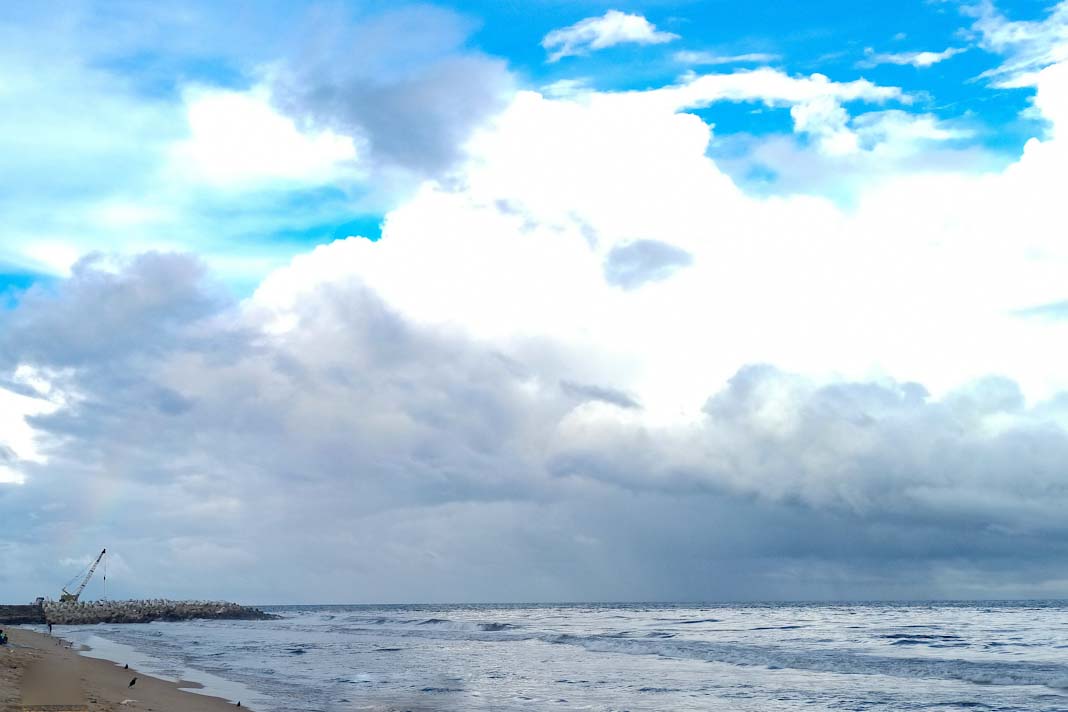Diamond miners in Namibia have discovered the wreckage of a Portuguese ship with treasure worth $13 million, making it one of the most incredible shipwreck recoveries in Sub-Saharan Africa, reports Marine Insight.
About the shipwreck
The ship Bom Jesus (The Good Jesus) went missing in 1533 after being trapped in a strong storm. Miners working for the diamond company De Beers recovered it.
The Bom Jesus sailed from Lisbon, heading to India, before disappearing without a trace. During a regular mining operation on Namibia’s coast, workers drained a man-made lagoon and discovered the wreck preserved in the desert sands.
Among the items retrieved were thousands of gold coins, bronze cannons, copper ingots, over 50 elephant tusks, swords, and muskets.
Dr. Dieter Noli, chief archaeologist at the Southern Africa Institute of Maritime Archaeological Research, has long expected such a discovery.
Per the sources familiar with the issue, Noli had advised miners for over a decade to keep an eye out for shipwrecks in the area, believing that one would eventually resurface.
The excavation took over a week, with the treasure chest filled with gold coins found on the sixth day. Experts believe the ship’s copper ingots were essential in preserving numerous artefacts because they resisted marine creatures that usually consume shipwrecks.
Per the maritime archaeologists, this enabled the extraordinary preservation of objects that would otherwise have deteriorated over 500 years.
The treasure contained nearly 2,000 Spanish and Portuguese gold coins, Portuguese silver coins, navigational tools, and other items.
The discovery has gathered a lot of attention, with reports stating that the copper and other materials played an important part in keeping the ship intact for centuries. Despite the vessel’s age, only a small portion of its structure remained due to extensive damage from the ocean.
While the final journey of the Bom Jesus remains unknown, experts believe it capsized after being pulled too close to shore by a violent storm, causing its hull to hit a rock.
The coastline where the ship was discovered is known for its extreme weather conditions, such as violent storms and dense fog. Over time, the sea decreased, leaving the wreckage in desert sand.
De Beers and its mining team found the treasure but did not claim ownership of it.
The Namibian government kept all of the recovered items, as is standard procedure when a wreck is discovered on national grounds.
According to reports, Portugal might have legally seized the ship, which was classified as a “ship of state” since it belonged to the King of Portugal.
However, in a kind move, the Portuguese government gave up its rights, allowing Namibia to keep the entire discovery.






















